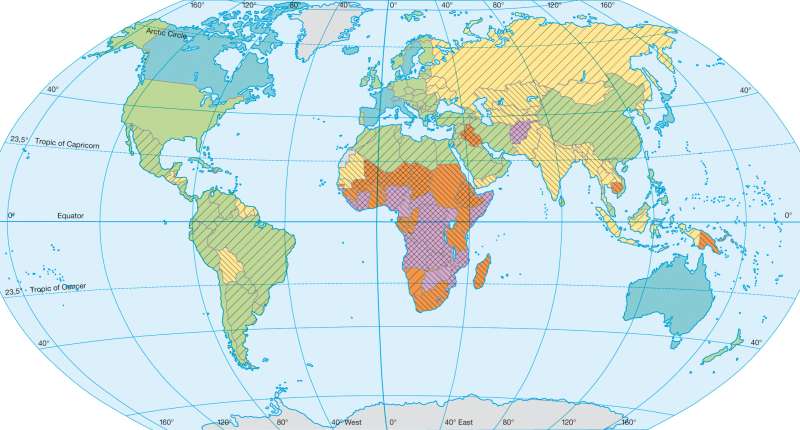Life expectancy and infant mortality
The world - Population
978-3-14-100790-9 | Page 191 | Ill. 3

Information
The infant mortality rate and life expectancy indicators correspond with each other, as low life expectancy in many developing countries is due to the high infant mortality rate. The reverse is reflected in rich countries, with the sharp decrease in infant mortality, mainly due to good medical care, with a high average life expectancy. The worst affected by high infant mortality and low life expectancy are sub-Saharan African countries. There, maternal mortality rate is almost exactly one hundred times higher than in industrialised nations.Life expectancy and level of development
In contrast, life expectancy increases with the development of certain individual countries, while the number of infant mortality declines, such as in Mexico or Brazil. At the forefront of this development are the states of Europe, North America, Japan, Australia and New Zealand, where there is an even greater increase in the average life expectancy of 70 years, but also a further decrease in infant mortality is hardly expected anymore. One of the few emerging countries, where similarly good values are recorded, is socialist Cuba, where health and education was always a high priority.
In the biggest problem areas, such as Africa and parts of Asia, large deficits in the nutritional status and health services are reported. Following the model of demographic transition, the countries concerned- for instance Chad, Niger, Burkina Faso or Somalia-are referable to an early transformation phase. Individual countries like Ivory Coast are found to be in a mid-transformation phase.
Although the




